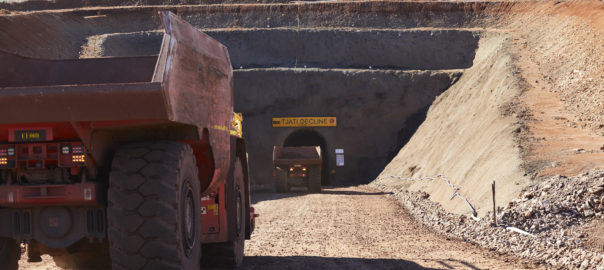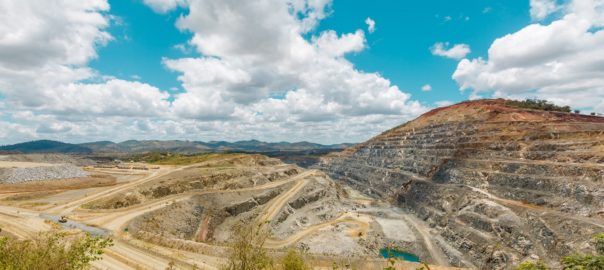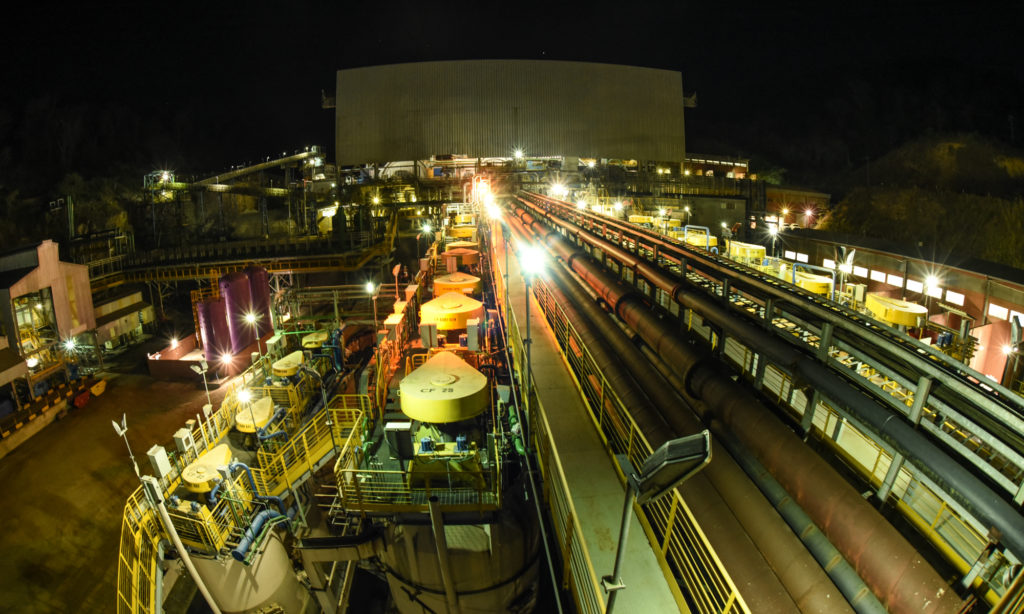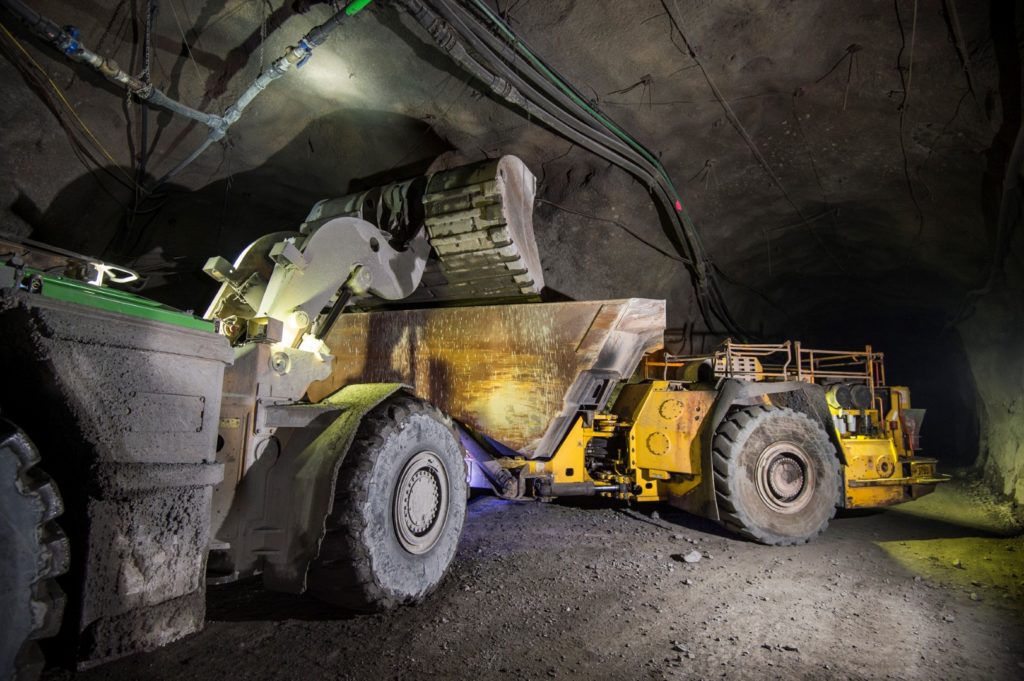The Massmin 2020 crowd got a glimpse of just what will be required to build Colombia’s first underground caving mine during a presentation from AngloGold Ashanti’s Lammie Nienaber this week.
Nienaber, Manager of Geotechnical Engineering for the miner and the presenter of the ‘Building Colombia’s first caving mine’ paper authored by himself, AngloGold Ashanti Australia’s A McCaule and Caveman Consulting’s G Dunstan, went into some detail about how the company would extract the circa-8.7 Moz of gold equivalent from the deposit.
The Nuevo Chaquiro deposit is part of the Minera de Cobre Quebradona (MCQ) project, which is in the southwest of Antioquia, Colombia, around 104 km southwest of Medellin.
A feasibility study on MCQ is expected soon, but the 2019 prefeasibility study outlined a circa-$1 billion sublevel caving (SLC) project able to generate an internal rate of return of 15%. Using the SLC mining method, a production rate of 6.2 Mt/y was estimated, with a forecast life of mine of 23 years.
The MCQ deposit is a large, blind copper-gold-silver porphyry-style deposit with a ground surface elevation of 2,200 metres above sea level (masl, on mountain) and around 400 m of caprock above the economic mineralisation.
Due to the caving constraints of the deposit, the first production level to initiate caving (undercut) is expected to be located around 100 m below the top of the mineralisation at 1,675 masl (circa-525 m below the top of the mountain), with the mining block extended around 550 m in depth (20 production levels at 27.5 m interlevel spacings).
The main ore transfer horizon is located 75 m higher in elevation than the mine access portals at 1,080 masl and the proposed valley infrastructure. The initial mining block will be accessed by twin tunnels developed in parallel for 2 km at which point a single access ramp will branch up towards the undercut; the twin tunnels will continue another 3.7 km to the base of the SLC where the crushing and conveying facilities will be located.
The company is currently weighing up whether to use tunnel boring machines or drill and blast to establish these tunnels.
Nienaber confirmed the 20 level SLC panel cave layout would involve 161 km of lateral development and 14 km of vertical development. There would be six ore pass connections on each level, four of these being ‘primary’ and two acting as backups. The crusher would be located on the 1155 bottom production level.
Due to the ventilation requirements in Colombia the mining fleet selected for Quebradona is predominantly electric, Nienaber said, adding that the units will initially be electric cable loaders powered by 1,000 v infrastructure.
Fourteen tonne LHDs were selected for the production levels based on their speed, bucket size (enables side-to-side loading in the crosscut and identification of oversize material) and cable length, the authors said. On the transfer level, 25 t loaders were specified to accommodate the shorter tramming lengths and limited operating areas (there are a maximum of two loaders per side of the crusher due to the layout).
As battery technology improves in the coming years, the selection of loader sizes may change as additional options become available, according to the authors.
The selection of the present Sandvik fleet was predominantly based on the electric loaders and the OEM’s ability to provide other front-line development and production machines required to undertake SLC mining, the authors said.
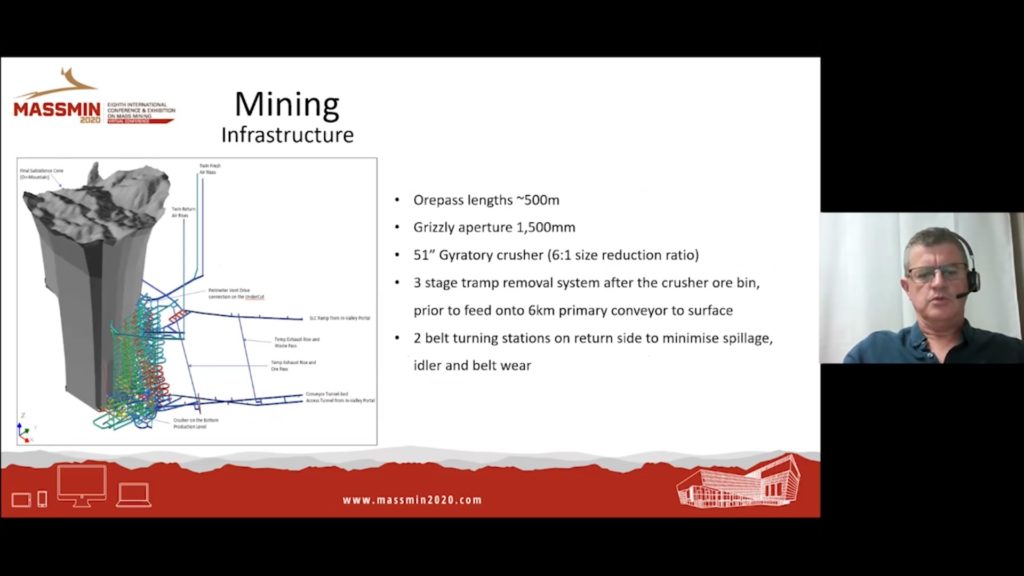
This decision also accounted for the use of automation for the majority of production activities, with the use of a common platform seen as the most pragmatic option at this stage.
It has also been proposed that the maintenance of the machines be carried out by Sandvik under a maintenance and repair style contract since there is a heavy reliance on the OEM’s equipment and systems.
An integrated materials handling system for the SLC was designed from the ore pass grizzlies, located on the production levels, to the process plant.
Due to the length of the ore passes (up to 500 m), and the predicted comminution expected by the time the rock appears on the transfer level, larger than industry standard grizzly apertures of 1,500 mm have been selected.
The design criteria for the underground crusher was that it needed to reduce the ore to a size suitable for placement on the conveyor belt and delivery to the surface coarse ore stockpile, after which secondary crushing prior to delivery at the process plant will be undertaken.
Assuming the maximum size reduction ratio for the crusher of circa-6:1 at a throughput rate of 6.2 Mt/y, a 51 in (1,295 mm) gyratory crusher was selected. This crusher is also suitable to support block cave mining should the conversion of mining method occur, according to the authors.
The process plant will include high pressure grinding rolls as the main crushing unit on the surface, supported by a secondary crusher to deal with oversize material. The ore then feeds to a ball mill before being discharged to the flotation circuit.
The gold-enriched copper concentrate will be piped to the filter plant for drying and the removal of water down to a moisture content of 10%, according to the company, while the tailings will be segregated to pyrite and non-pyrite streams before being distributed to one of two filter presses.
Dry stacking of the tailings will be used, with the pyrite-bearing tailings being encapsulated within the larger inert tailings footprint.
With the feasibility study due before the end of the year – and, pending a successful outcome – the proposed site execution works could start in the September quarter of 2021, Nienaber said.








